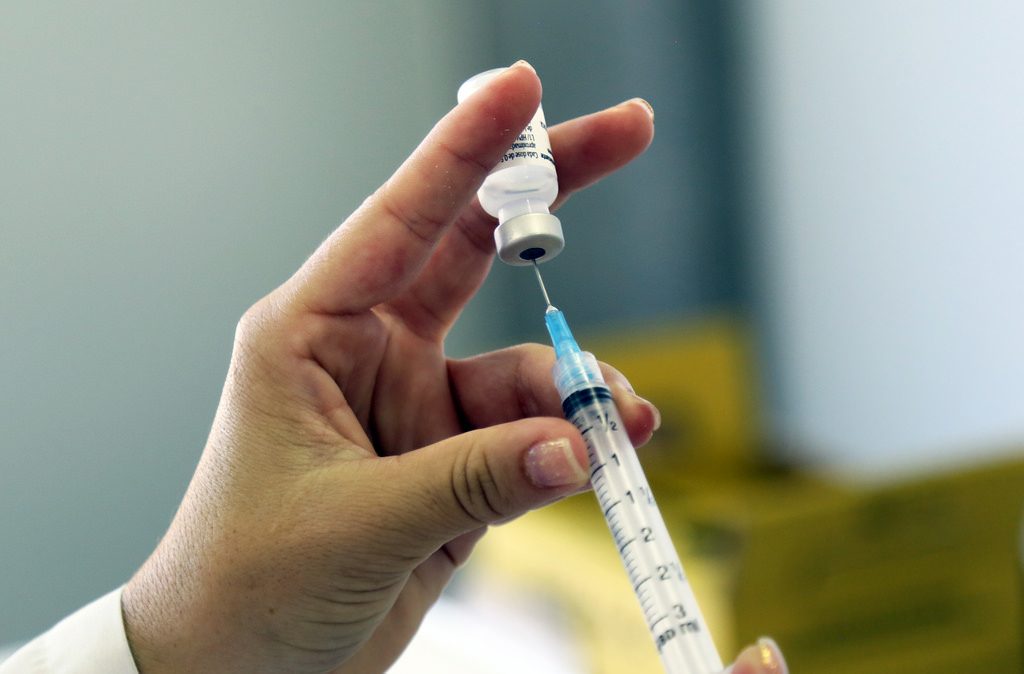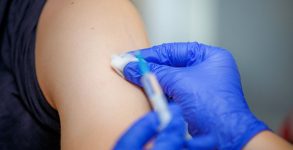Vaccines remain one of the most effective, low cost and efficient public health tools for the control of diseases and form a vital part of preventive medicine for control and eradication of diseases. Years 2011-20 were declared the Decade of Vaccines.
The Global Vaccine Action Plan (GVAP) was endorsed by the 194 Member States of the World Health Assembly, in May 2012, to achieve the Decade of Vaccines vision by delivering universal access to immunization. While the goals of universal immunization still remain to be met, the years have brought forth some major advances in terms of new vaccine developments.
Vaccine for Dengue
Dengue vaccine Dengvaxia has been licensed and is being developed by Sanofi Pastuer. It is now licensed in 20 highly vulnerable countries and is being recommended for use in individuals between the ages of 9-45. Around five more vaccines for dengue are in clinical development with two candidates in Phase III trials.
Dengue, a mosquito borne viral disease, has a high disease burden in tropical countries like India. It can only be managed and has the potential to be fatal. With global warming it is estimated that incidence of dengue will rise. At the moment prevention through control of mosquitoes remains the best solution, and thus a vaccine can go a long way in preventing and controlling the disease. India has not yet introduced the vaccine, amidst concerns over its safety and efficacy.
Vaccine for Ebola
WHO has recommended “compassionate use” of Ebola vaccine in the context of the Ebola outbreak in North Kivu, Democratic Republic of the Congo. However, while a lot of studies have recommended vaccine as safe and effective, more evidence is needed before the vaccine can be licensed.
It must be noted that while the epicenter of Ebola remains in West Africa, India remains a high risk country. Large number of Indians live and work in Guinea, Liberia, Sierra Leone and Nigeria, the worst Ebola virus affected places and diseases know no borders. At the moment, India is also inadequately equipped to deal with Ebola crisis.
Vaccine for HIV
In what can be a momentous milestone for public health, the fifth HIV vaccine concept in the history of the epidemic is currently being tested for efficacy in humans, and early findings appear to be encouraging. HIV is believed to be extremely resistant to the creation of a vaccine, however a study in Thailand showed that men who received the vaccine had about a 31 percent lower infection rate than those who got the placebo.
Immunisation in India: Where do we stand?
Vaccine for Malaria
Research has been ongoing for a feasible malaria vaccine for sometime now, however the complexity of the parasite makes development of vaccine complex. Recently malaria vaccine candidate RTS,S/AS01 has completed Phase III trial with 15 460 children in seven countries in sub-Saharan Africa (Burkina Faso, Gabon, Ghana, Kenya, Malawi, Mozambique, and the United Republic of Tanzania). European Medicines Agency after review of the study data issued a positive Scientific Opinion about the risk-benefit balance and now WHO has recommended pilot implementation studies to be conducted for further evaluation.
Vaccine for Zika
Development efforts for Zika immunization have been taken on a priority basis given public health emergency that emerged after microcephaly and other neurological disorders that emerged in newborns after maternal Zika infection. At present human trials of vaccinations have begun for an experimental live, attenuated Zika virus vaccine developed by scientists at the National Institute of Allergy and Infectious Diseases (NIAID), part of the National Institutes of Health.
It must be noted that as and when these vaccines become available, their introduction in developing countries (which have the highest disease burden of these diseases) will be another policy and logistical challenge. Funding will be a major issue, and will depend on cost effectiveness of the vaccine as well as calculations of economic and human resource loss due to morbidity and mortality. Moreover, the vaccines will have to demonstrate safety and acceptable levels of effectiveness.
At present, a large number of developing countries are still struggling with poor regular immunization coverage. High population density, poverty, lack of awareness, poor implementation and host of logistical challenges like migratory populations and difficult to reach terrains, make coverage of even basic vaccines (for instance DPT, BCG or OPV) difficult. However, this ideally should not delay the introduction of newer vaccines if they have a good potential to save human lives.
Dr Amit Sengupta: Trouble shooter of public healthcare in India
Disclaimer: The opinions expressed in this article are the personal opinions of the author. The facts and opinions appearing in the article do not reflect the views of NEWSD and NEWSD does not assume any responsibility or liability for the same.


















